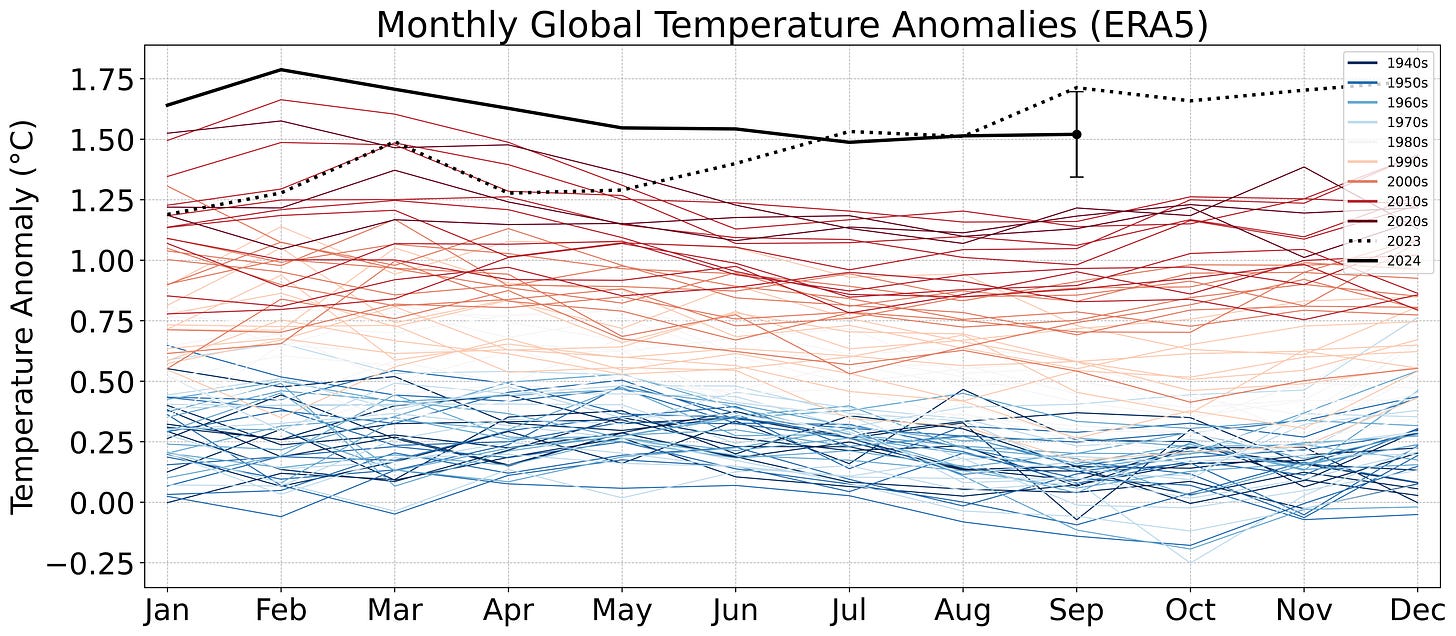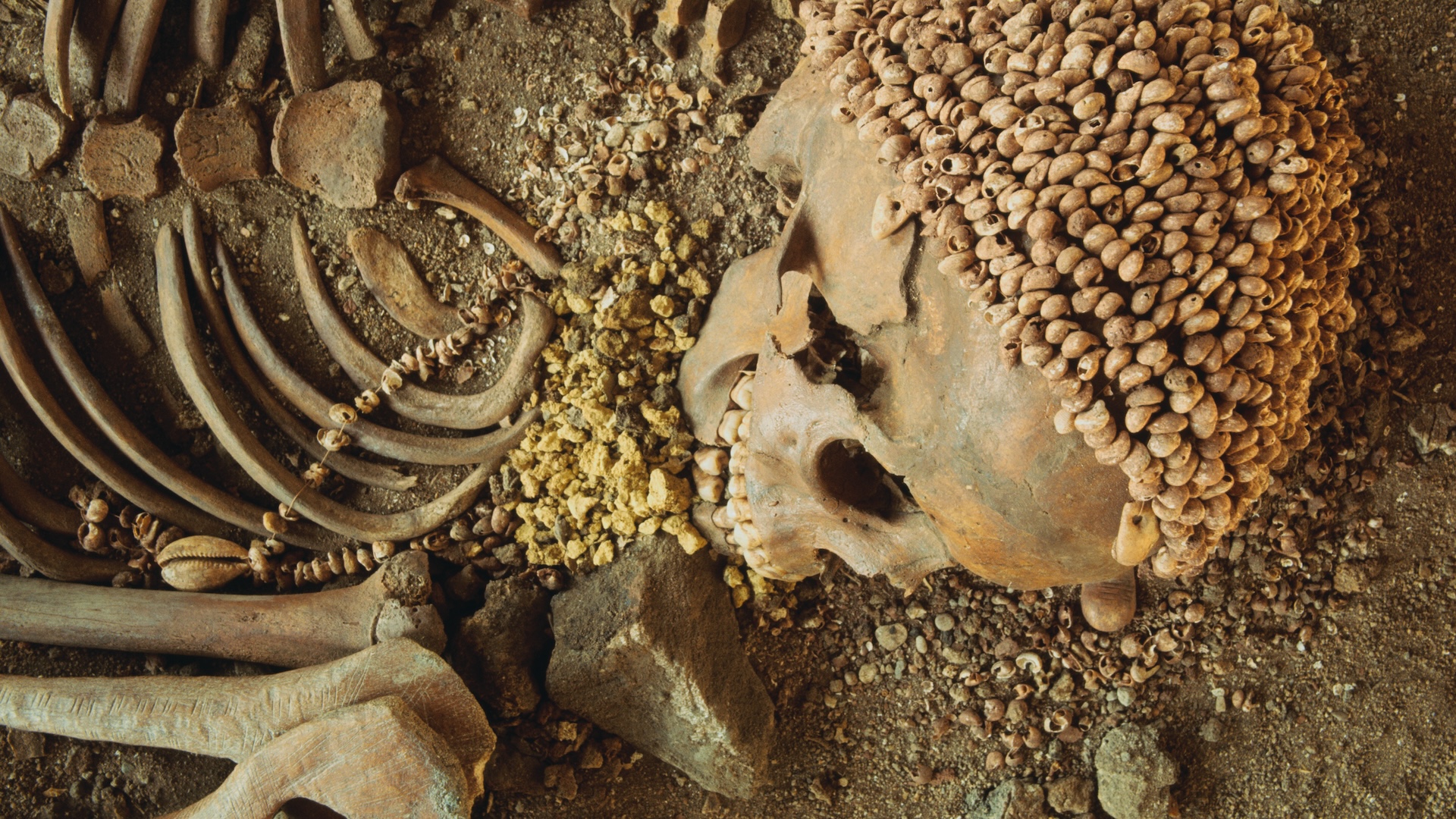J. Compos. Sci., Vol. 8, Pages 241: Preparation and Characterization of Particleboard Made from Industrial-Type Wood Particles and Discarded Duck Feathers
Journal of Composites Science doi: 10.3390/jcs8070241
Authors: Raydan Charrier Kowaluk Robles
Global poultry waste production is substantial, with billions of poultry raised annually for meat and egg production, resulting in significant feather waste. Conventional poultry waste disposal methods are restricted due to environmental concerns. Meanwhile, wood-composite panel industries face raw material shortages, emphasizing the need for sustainable, renewable fiber sources. In this study, in the core layer of panels, wood particles were replaced with 5 wt% clean duck feathers without pretreatment to take advantage of feather attributes like hydrophobicity, thermal insulation, and sound damping as an alternative construction material. Three adhesives—urea-formaldehyde (UF), polymeric 4,4′-diphenylmethane diisocyanate (pMDI), and polyvinyl acetate (PVAc)—were examined for resin–feather compatibility. The control panels in this study were identical but wood was not replaced with feathers. The results revealed that wood–feather particleboard with pMDI and PVAc resins meets the requirements of the relevant standard for P2 boards (where applicable) concerning their modulus of rupture (MOR: 11 N·mm−2), modulus of elasticity (MOE: 1600 N·mm−2), internal bond (IB: 0.35 N·mm−2), and screw withdrawal resistance (SWR). However, those produced with UF resin did not meet the standards for IB and MOE. Furthermore, the physical properties showed similar water resistance and thickness swelling to control panels with pMDI. Notably, substituting 5 wt% wood with feathers improved thermal insulation by approximately 10% for UF and pMDI resins. Additionally, particleboard with feathers demonstrated improved sound absorption at high frequencies, ranging from 2500 to 500 Hz, particularly with pMDI resin, approaching Class B classification according to EN ISO 11654:1997. This study identifies the higher compatibility of pMDI over PVAc and UF adhesives for feather-based composite materials in construction applications.

 2 months ago
18
2 months ago
18


